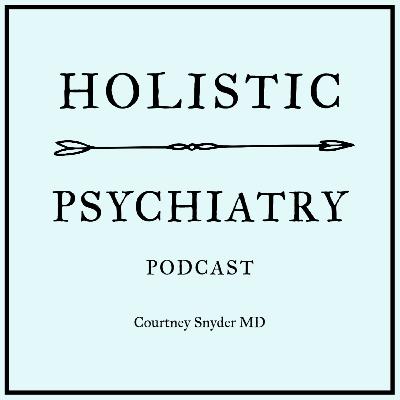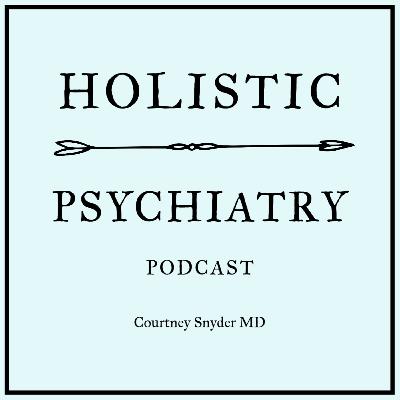Dismissive-Avoidant Attachment Style
Description
What do the TV and film characters Don Draper (Mad Men), James Bond, Miranda Priestly (The Devil Wears Prada), and Rick Blaine (Casablanca) have in common? Each is a fairly good illustration of the Avoidant-Dismissive Attachment Style portrayed in film.
In the last episode, I discussed how our experiences with caregivers during our first three years of life may continue to impact our ability to regulate emotions and form beliefs about ourselves and others. More deeply, I address how attachment shapes our neurophysiology - specifically our right and left hemisphere differentiation, our limbic system (“lizard brain”) and our autonomic nervous system.
In this episode, I will focus more closely on one end of the attachment spectrum - the avoidant-dismissive attachment style. I’ll discuss:
* How, in the early research, attachment was measured in toddlers and adults
* How avoidant-dismissive attachment appears to develop
* What it looks like in relationships
* Personality Disorders that, if present, align with this type of attachment style
* Similarities with undermethylation and how avoidant-dismissive attachment style may relate to undermethylation
* The role of psychotherapy, group work, and supportive relationships in healing
* Other tools, practices, and choices that can support healing.
* How awareness of these patterns can transform not only personal well-being but also parenting and family dynamics across generations
One theme I return to often is that growth is always possible. While avoidant attachment may develop early in life, it does not define a person forever. With curiosity, growing compassion, and the willingness to practice new ways of relating to ourselves and to others, we can expand our capacity for connection and begin to feel more whole.
In the next episode, I look forward to discussing the other end of the attachment spectrum - the Anxious-Ambivalent (Preoccupied) Attachment Style.
As always, I welcome any comments and questions, as these help guide the information that I share.
Until next time,
To learn more about non-patient consultations, treatment, and monthly mentorship groups, please visit my website at:
Links to related content:
Undermethylation Myths, MTHFR & The Great Folate Debate
Medical Disclaimer:
This newsletter is for educational purposes and not intended or implied to be a substitute for professional medical advice, diagnosis, or treatment for either yourself or others, including but not limited to patients that you are treating (if you are a practitioner). Consult your physician for any medical issues that you may be having.
This is a public episode. If you'd like to discuss this with other subscribers or get access to bonus episodes, visit courtneysnydermd.substack.com/subscribe








